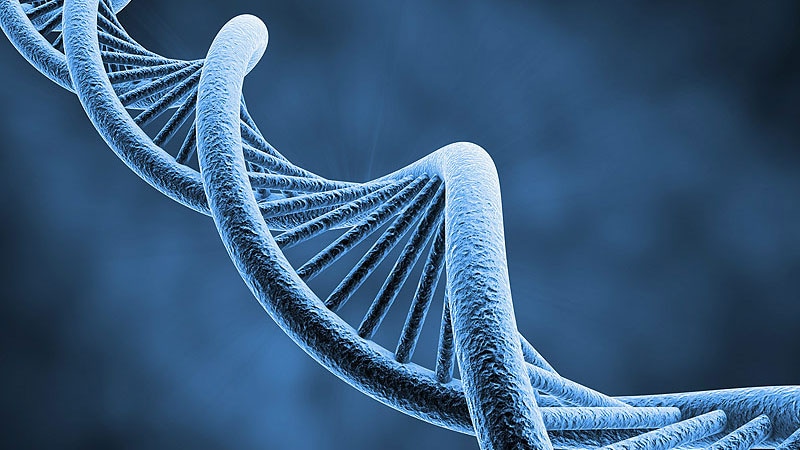Clinical Model Predicts GBA Gene Testing in Parkinson's Patients
核心概念
A clinical model can predict GBA mutation carrier status in Parkinson's disease patients.
要約
The study presents a clinical model to predict GBA mutation carrier status in Parkinson's disease patients, aiding in genetic testing and patient counseling. Key insights include:
- GBA mutations linked to demographic and clinical features in Parkinson's disease.
- Identifying patients early crucial for future treatments.
- Challenges in distinguishing GBA-related disease from idiopathic disease.
- Targeting a specific population for genetic testing is essential.
- Clinical assessment of 100 Parkinson's patients used to develop the predictive model.
- Model tested in two cohorts, showing significant associations with GBA status.
- PPMI-derived model matched well with the original study cohort.
- Importance of a sensitive and specific tool for predicting GBA carrier status.
要約をカスタマイズ
AI でリライト
引用を生成
原文を翻訳
他の言語に翻訳
マインドマップを作成
原文コンテンツから
原文を表示
www.medscape.com
Clinical Model Could Guide GBA Gene Testing in Parkinson's
統計
Approximately 5%-15% of Parkinson's disease patients carry GBA mutations.
Initial study cohort had 21% positive for GBA mutations.
PPMI cohort had 13% positive for GBA mutations.
AUC of 0.8969 for Ashkenazi ancestry in the initial study cohort.
AUC of 0.7378 for age of symptom onset, cognitive impairment, urinary symptoms, and Ashkenazi ancestry in the PPMI cohort.
AUC of 0.740 for PPMI-derived model matching the original study cohort.
AUC of 0.5671 for the model derived from the study cohort not applying to the PPMI data.
引用
"We hope that this model will help to guide genetic testing and patient counseling in the clinical setting." - Julia Greenberg, MD
"Using information on Jewish heritage to inform the consideration for ordering genetic testing in Parkinson's disease is an important take-home from their data." - Michael S. Okun, MD
抽出されたキーインサイト
by Liam Davenpo... 場所 www.medscape.com 09-05-2023
https://www.medscape.com/viewarticle/996089
深掘り質問
How can the predictive model impact the future of Parkinson's disease treatment?
The predictive model developed in the study can have a significant impact on the future of Parkinson's disease treatment by aiding in the early identification of patients with GBA-related Parkinson's disease. Early identification of GBA mutation carriers can lead to personalized treatment strategies and potentially allow these patients to enroll in clinical trials for novel treatments targeting their unique phenotype. This model can help clinicians make informed decisions about genetic testing, leading to more targeted and effective interventions for patients with Parkinson's disease.
What are the challenges in implementing a predictive tool for GBA mutation carrier status?
One of the challenges in implementing a predictive tool for GBA mutation carrier status is the availability and cost of genetic testing. While the predictive model can guide clinicians in identifying patients who are more likely to carry GBA mutations, genetic testing may not be readily accessible in all healthcare settings. Additionally, there may be limitations in the accuracy of the predictive model, especially when applied to diverse patient populations. Ensuring the reliability and validity of the predictive tool across different cohorts and settings is crucial for its successful implementation.
How might the study's findings influence the approach to genetic testing in Parkinson's disease patients?
The study's findings can influence the approach to genetic testing in Parkinson's disease patients by providing a more targeted and efficient way to identify individuals who are more likely to carry GBA mutations. By focusing on specific clinical features such as age of symptom onset, cognitive impairment, urinary symptoms, and Ashkenazi ancestry, clinicians can prioritize genetic testing for patients who exhibit these characteristics. This approach can help optimize healthcare resources by avoiding unnecessary genetic testing for all Parkinson's disease patients and instead focusing on those who are more likely to benefit from testing based on the predictive model.
0
